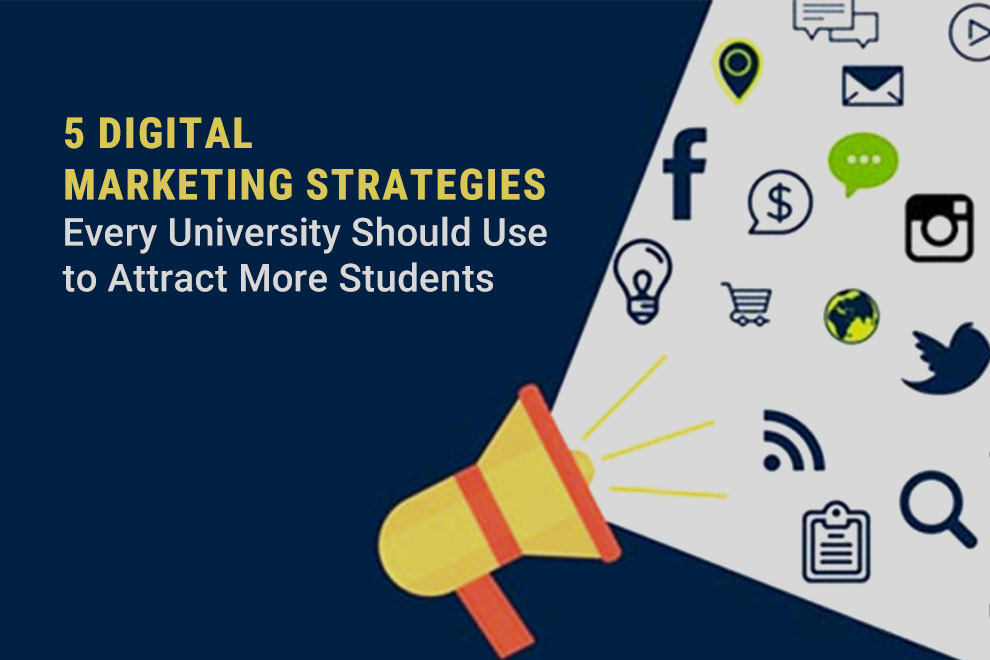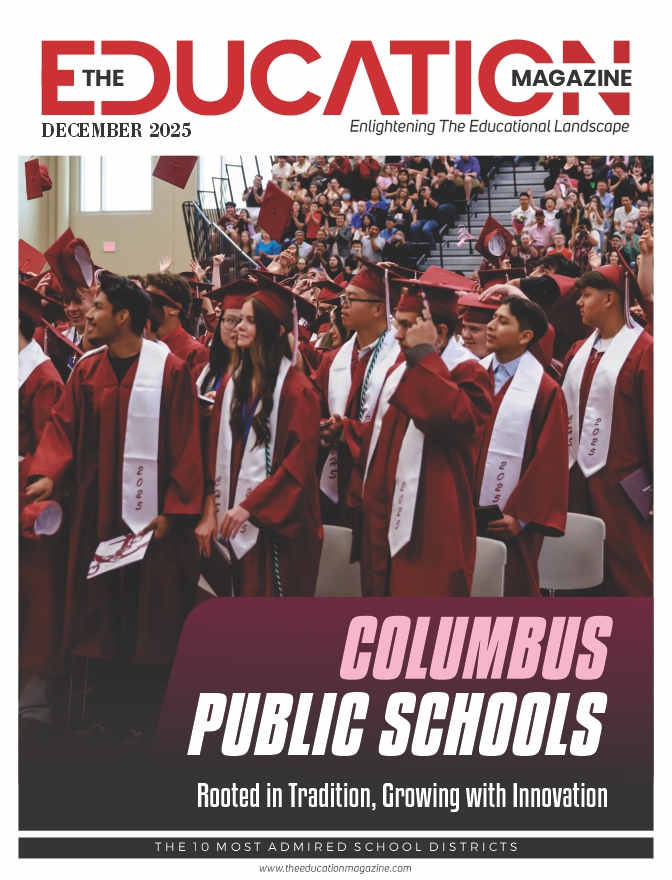Student enrollment is more competitive than ever. With thousands of colleges and universities across the country, and even more around the world, schools need more than strong academic programs to attract the right students. A well-executed digital strategy can help your institution stand out and connect with prospective students at every stage of the decision-making process.
Most students begin their research online. They compare programs, explore campus culture, and evaluate financial aid before taking the next step. Schools that show up early in that process and maintain a consistent presence are more likely to earn trust and encourage applications.
If your college or university is looking to grow enrollment and strengthen its visibility, these five digital marketing strategies are worth implementing.
1. Build a Search-Friendly Website That Reflects the Student Experience
Your website is often the first place students go to learn more about your institution. If the experience feels confusing, outdated, or slow, students may click away before exploring your programs. A strong website is more than a brochure, it is a platform that answers questions, supports decision-making, and reflects what life at your university is really like.
To make the most of your site, focus on these key elements:
- Fast load times and mobile-friendly design
- Clear navigation with paths tailored for students, parents, and counselors
- Up-to-date academic program pages with strong visuals and plain-language summaries
- Integrated forms for campus visits, virtual tours, and application inquiries
- Consistent branding and messaging across all departments
Students should never have to hunt for information. Highlight what sets your school apart, use language that resonates with your audience, and make it easy for them to take the next step.
2. Invest in SEO to Stay Visible When Students Are Searching
Search engine optimization plays a vital role in helping prospective students find your school. Many students do not start by searching for a specific university. Instead, they look for programs, degree types, campus locations, or scholarships. If your site does not appear in those search results, you are missing opportunities to connect with students before they narrow their options.
SEO for universities should include:
- Keyword research focused on program names, admissions questions, and location-based queries
- On-page optimizations like relevant titles, headers, and internal links
- Technical performance, including mobile usability and clean site architecture
- Structured data that helps search engines better understand your content
- Regular updates to blog content and news that align with what students are searching for
Working with a partner who understands digital marketing for universities can help ensure your strategy supports both visibility and conversion. When done well, SEO can drive consistent traffic from students who are actively researching their next step.
3. Use Retargeting Ads to Stay Top of Mind
Not every student will apply during their first visit to your website. In fact, most students will visit multiple times over several weeks or months before making a decision. Retargeting ads can help your university stay visible during that research process.
Retargeting works by displaying ads to users who have previously interacted with your website or social media content. These ads can remind students to finish an application, schedule a tour, or explore specific programs they viewed.
To get the best results from retargeting:
- Segment audiences based on behavior, such as program page visits or partial form completions
- Tailor creative and messaging to match where the student left off
- Use platform-specific formats on Google, Facebook, Instagram, and YouTube
- Rotate creative regularly to avoid fatigue
These reminders are especially valuable for schools with longer application cycles. They help keep your institution top of mind while students compare options or wait on other information like test scores and financial aid packages.
4. Create Meaningful Content That Answers Real Questions
Students and families have a wide range of questions during the college search process. By creating content that addresses those questions, your university can build credibility and support students in making more informed decisions.
This content might include:
- Blog posts that explain how to choose a major or prepare for campus life
- Videos that offer virtual tours, faculty introductions, or student testimonials
- Infographics that break down application timelines or scholarship deadlines
- Downloadable guides for specific audiences such as transfer students or international applicants
The goal is to position your institution as helpful and approachable. Students are more likely to apply to schools that provide value during the research phase. Content also helps with SEO, social sharing, and email marketing, all of which support enrollment goals.
5. Maintain an Active Presence on Social Media Platforms Students Use
Social media plays a major role in shaping student impressions. It is not just a place for announcements or campus photos. It is a platform where your university’s personality comes to life. Engaging content, consistent posting, and authentic interactions can help create stronger connections with both prospective and current students.
Key ways to use social media for enrollment marketing include:
- Sharing student stories and day-in-the-life posts
- Highlighting faculty, clubs, or on-campus events
- Using polls, question boxes, and interactive content to start conversations
- Responding to comments and direct messages in a timely and helpful way
- Running paid campaigns that promote specific programs or application deadlines
Your social channels should feel active and student-centered. Platforms like Instagram, TikTok, and YouTube are especially useful for reaching high school and undergraduate audiences. For graduate programs, LinkedIn and Facebook may be more effective depending on your target demographic.
When integrated into a broader content plan, social channels can also drive traffic to application pages, campus visit sign-ups, or program-specific resources.
Connecting with Students at Every Step
When universities treat digital marketing as a coordinated effort rather than a set of disconnected tactics, results improve across the board. A search-optimized website supports ad performance. Engaging content fuels social media and email campaigns. Retargeting brings students back to complete the actions they started. Together, these strategies create a seamless experience that guides students from interest to enrollment.
Standing out in a crowded field is not just about having the right programs. It is about making sure the right students can find you, connect with you, and picture themselves as part of your campus community. By investing in these digital strategies, your institution is better positioned to build relationships that lead to stronger enrollment outcomes.
Also Read: Digital vs. Traditional Advertising in the Polish Market











